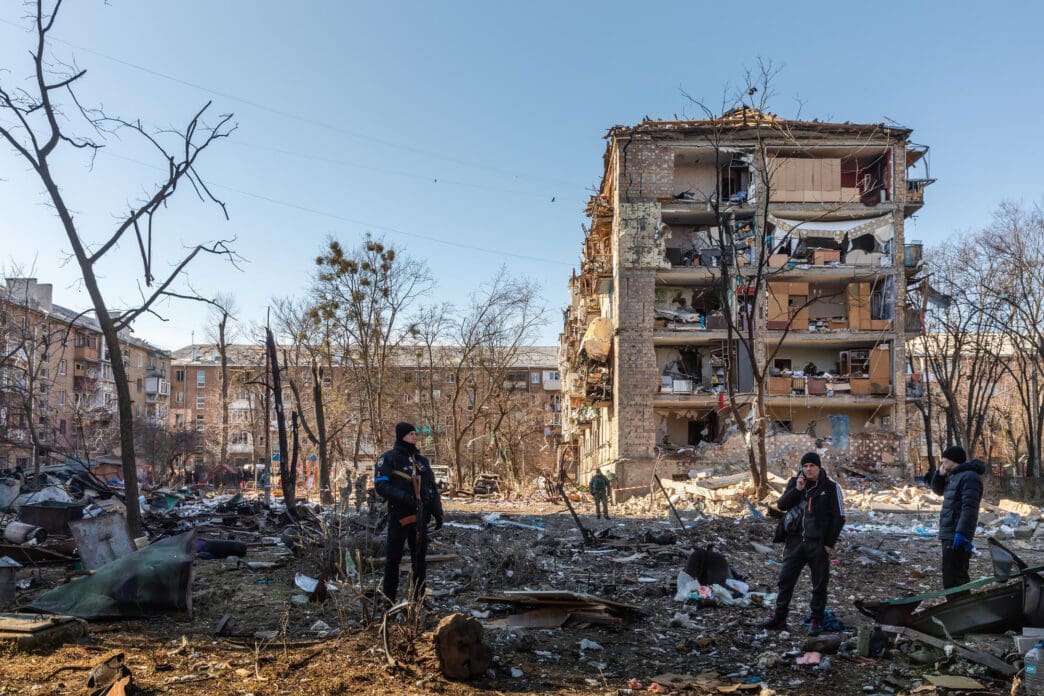Executive Summary
The Story So Far
Why This Matters
Who Thinks What?
The European Union’s proposed “reparations loan” for Ukraine could reach up to 130 billion euros, according to EU officials close to the discussions. This financial instrument, first suggested by European Commission President Ursula von der Leyen in September, aims to help Kyiv fund its ongoing war effort, with repayment contingent on Ukraine receiving reparations from Russia in a future peace accord. The initiative leverages cash balances from approximately 210 billion euros in Russian assets immobilized in the West since Russia’s 2022 invasion, primarily held in Belgium’s Euroclear central securities depository.
Funding Mechanism and Asset Utilization
Most of the frozen Russian assets, valued at roughly 210 billion euros, are held within the Belgian central securities depository, Euroclear. Officials noted that 175 billion euros of these assets have now matured, converting into cash that could form the basis of this new loan facility.
Before proceeding with the new reparations loan, the EU intends to repay a 45 billion euro G7 loan agreed last year. This repayment would leave approximately 130 billion euros from the available cash balance to be allocated for the new instrument, according to three officials involved in the discussions. The collective risk of this loan would be borne by European and potentially other G7 countries.
Timeline and Legal Framework
EU Economic Commissioner Valdis Dombrovskis stated that the Commission will determine the exact size of the loan only after receiving an assessment from the International Monetary Fund (IMF) regarding Ukraine’s financing needs for 2026 and 2027. Senior EU finance ministry officials have emphasized that concrete details of the mechanism are still under development.
A key challenge for the Commission is devising a mechanism that utilizes the frozen Russian assets without outright confiscation, a measure that many EU governments and the European Central Bank consider a red line
. The proposed structure for the reparations loan is likely to involve a Special Purpose Vehicle (SPV). This vehicle would receive the immobilized Russian cash from Euroclear in exchange for zero-coupon bonds issued by the European Commission, backed by guarantees from EU and potentially G7 governments.
Outlook
The proposed reparations loan represents a significant EU effort to provide long-term financial support to Ukraine, leveraging immobilized Russian assets while navigating complex legal and financial considerations. Its final structure and size remain subject to international assessments and intricate negotiations among EU member states and G7 partners.








